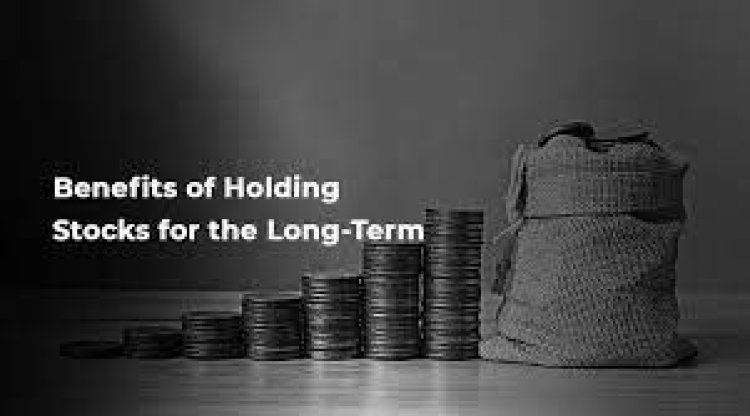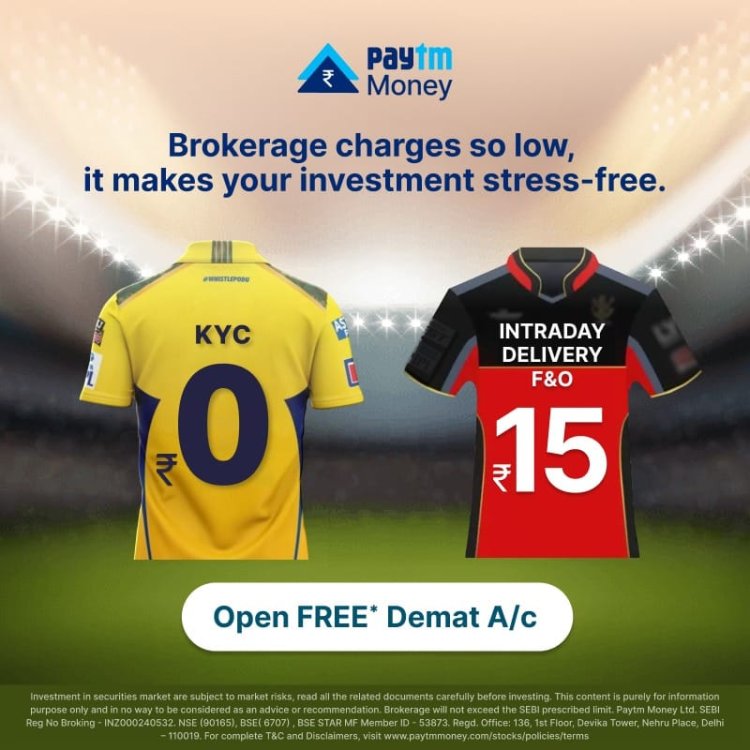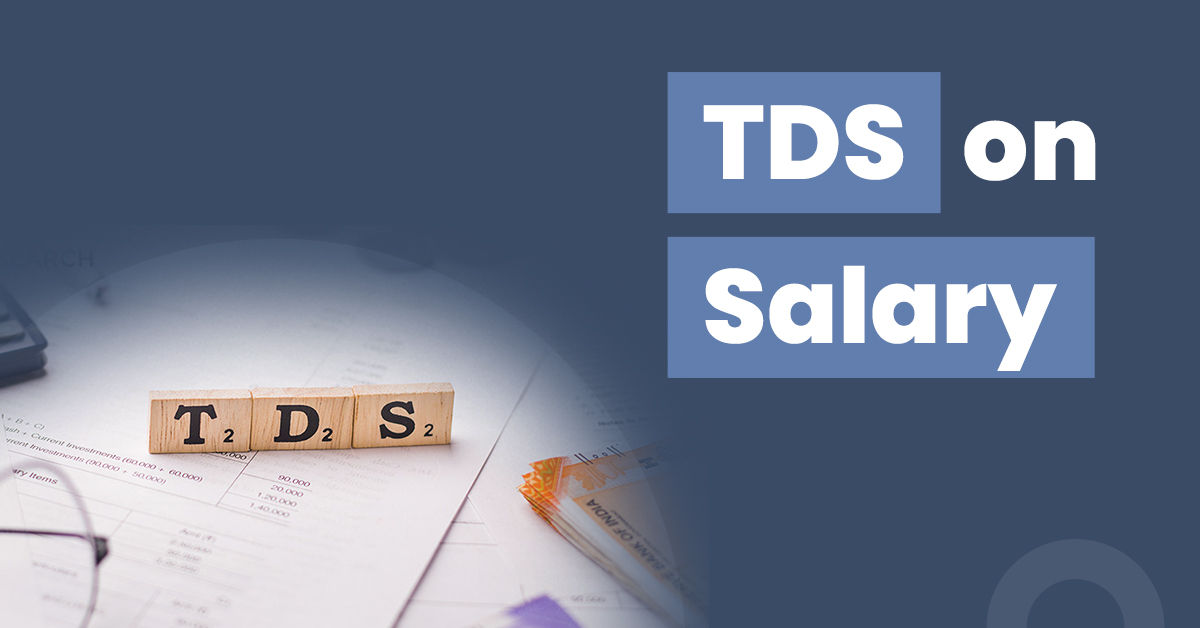Benefits of Holding Stocks for the Long-Term
Long term investments give you a chance to keep an eye on them and check out your options to maximize your returns. Also, if you see a steep drop in stock

Holding investments for more than a year is a hallmark of a long-term investing plan. Investments like bonds, equities, ETFs, and mutual funds are all part of this approach. Long-term investors need to be self-disciplined and patient in order to take on some risk in the hopes of reaping greater profits in the future.
Long-term wealth creation can be aided by purchasing stocks and then holding on to them. The stock market generates returns significantly more often than it doesn't, as evidenced by the fact that the S&P 500 only recorded annual losses in 11 of the 47 years between 1975 and 2022.
KEY POINTS
- Long-term investments almost always outperform the market when investors try and time their holdings.
- Emotional trading tends to hamper investor returns.
- The S&P 500 posted positive returns for investors over most 20-year time periods.
- Riding out temporary market downswings is considered a sign of a good investor.
- Investing long-term cuts down on costs and allows you to compound any earnings you receive from dividends.
Better Long-Term Returns
The phrase "asset class" is used to describe a distinct group of financial holdings. Equities (also known as stocks) and fixed-income assets (bonds) are two examples that have similar attributes and characteristics. Your age, risk profile and tolerance, investment goals, and available funds all play a role in determining the optimal asset class for you to invest in. To what extent should long-term investors allocate their capital?
If we examine the performance of several asset classes over multiple decades, we see that equities have consistently fared better than the vast majority of them. From 1928 to 2021, the S&P 500 gained 11.82 percent year, on average. This is a better return than the three-month T-bill's 3.33 percent and the 10-year Treasury note's 5.11%.
The equities market's return potential is largest in emerging markets, but the danger is also highest. Historically, this category has had above-average yearly returns, but recent volatility has dragged down its performance. The MSCI Emerging Markets Index, for instance, had a 10-year annualised return of 2.89% as of April 29, 2022.
The returns from both small and large caps have been above average. The Russell 2000 index, which tracks the growth and profitability of 2,000 small businesses, saw a return of 10.15 percent over a decade.As of May 3, 2022, the average return over the prior decade for the large-cap Russell 1000 index was 13.57 percent.
Historically, more speculative forms of equities have yielded larger returns than their less speculative counterparts.
Ride Out Highs and Lows
Stocks are typically held for a long period of time by investors. This is due in no little part to the fact that it is not uncommon for stock prices to decrease by 10% to 20% or more in a shorter period of time. Over the course of several years or even decades, investors can potentially earn a superior long-term return by riding out some of these highs and lows.
Since the 1920s, investors in the S&P 500 have had a very low risk of experiencing a 20-year loss of capital.Despite market downturns such as the Great Depression, Black Monday, the tech boom, and the financial crisis, investors who bought into the S&P 500 and held it without interruption for 20 years would have seen positive returns.
Long-term stock investments, if given sufficient time, tend to provide excellent outcomes. However, past performance is no guarantee of future profits enough time.
Investors Are Poor Market Timers
Let's face it, not all of us are as level-headed and reasonable as we make it seem. Investors' propensity for emotional decision making is a major shortcoming. Many people say they are long-term investors until the stock market starts tumbling, at which point they usually start pulling their money out to avoid further losses.
When the stock market recovers, many investors sell their holdings instead of staying the course. Indeed, they tend to re-engage only after the majority of the gains have been made. Investing results are severely hampered by this pattern of buying high and selling cheap.
During the 20-year period ending on December 31, 2019, the S&P 500 returned little over 6% year on average, as reported by Dalbar's Quantitative Analysis of Investor Behaviour research. Over the same time period, the typical investor saw a return of 2.5% a year.
Several factors contribute to this phenomenon. Some examples are as follows:
- Investors are afraid of being disappointed. People frequently fail to trust their own judgement and instead follow the hype, especially when markets fall. People frequently get into the trap of fearing that they would regret holding onto equities and lose a lot more money as they decline in value, so they sell them to alleviate that anxiety.
- When things change, you get a sense of pessimism. During market rallies, optimism reigns supreme, but the converse is true when things go wrong. Short-term surprise shocks, such as those related to the economy, may create market swings. But it's crucial to realise that these upheavals are frequently transient, and things will almost always improve.
Investors who focus too much on the stock market sometimes try to time the market, reducing their chances of success. Results would have been far better with a buy-and-hold approach over a longer time frame.
Lower Capital Gains Tax Rate
A capital gain is the profit made from the sale of an item classified as "capital." Everything you own, from the clothes on your back to the stocks, bonds, and house you invested in is considered property.
If an investor sells an investment they purchased within a year, they will be taxed on the gain as though it were regular income. The term "short-term capital gains" describes this scenario. This tax rate may reach 37% for some people, depending on their AGI.
Long-term capital gains occur when an asset is sold after being held for more than a year. The maximum tax rate that can be applied to the gains is only 20%. A zero percent long-term capital gains tax rate is possible for investors in the lowest tax bands.
Less Costly
A long-term investment perspective can lead to financial gains. If you want to save money in the long run, it's better to avoid selling your stocks too often and keep them in your portfolio for a longer period of time. However, how much does it all sum up to?
You can reduce your tax liability, as we covered in the previous section. Stock sale profits are taxable and must be reported to the IRS. As a result, you will owe more in taxes and have less money available to spend. Keep in mind that the costs associated with realising capital gains too quickly can outweigh the benefits of holding onto your equities for the long haul.
There are also transaction or trading fees. The fees you pay are determined by the type of account you have and the investment management company you use. You might, for instance, pay a commission when you purchase and sell through a broker, or a markup when the sale is directed through their own inventory. When buying and selling shares of stock, you will incur these fees. With each purchase you make, your portfolio value will increase.
Companies frequently assess recurring costs, such as account maintenance fees, which can eat away at your savings. Transaction fees will increase the total cost for a frequent trader with a short-term objective.
Compounding With Dividend Stocks
Dividends are the share of a company's profits that shareholders receive from a profitable business. Blue chip equities and defensive stocks are examples of this. Companies that do well no matter the state of the economy or the stock market are considered defensive stocks.
If you are a qualified shareholder, you will receive dividend payments from these companies on a regular basis, often once every three months. There is a strong argument for reinvesting dividends back into the corporations that pay them rather than cashing them out.
You will be familiar with the impact of compound interest on your money if you have ever purchased bonds or invested in a mutual fund. Compound interest is the interest that is added to both the principle and the accumulated interest on your stock holdings. This means that the value of your stock portfolio will grow over time thanks to the compounding effect of interest and dividends.
Best Types of Stocks to Hold for the Long-Term
There are numerous factors to consider when purchasing equities. Consider, among other factors, your age, risk tolerance, and investment objectives. Having a firm grasp on all of these factors can help you determine the type of equity portfolio you can construct to achieve your objectives. Here is a general guide you can use as a starting point and adapt to your specific situation:
- Invest in index funds. The S&P 500 ETF and the Russell 1000 ETF are two examples of exchange-traded funds (ETFs) that trade like regular stocks but follow specific indexes. These funds are similar to stocks in that they allow you to invest in a variety of businesses without incurring the same level of risk or making as many individual decisions. The returns of index funds are comparable to those of the indices they follow.
- Think about purchasing dividend stocks. Value can be added to a portfolio by purchasing and reinvesting dividends from these stocks.
- Gains can be made by investing in fast-growing companies. Companies that may create extremely high revenue at a much faster rate are the ones most commonly associated with growth stocks. They are also in a better position to provide encouraging financial results. Keep in mind that if you want to achieve this level of growth, you will need to be more sophisticated than average investors because of the increased risk involved.
If you're just starting out in the world of investments, it's always wise to get some expert advice.
What Are the Tax Benefits of Holding a Stock Long Term?
The Internal Revenue Service has different tax rates for long-term and short-term capital gains. Sale of an asset within a year after purchase is subject to short-term capital gains tax, while sale of an asset kept for more than a year is subject to long-term capital gains tax.
Gains on investments held for less than a year are taxed at the same rates as ordinary income (up to 37%). However, you'll pay zero, fifteen, or twenty percent on your long-term gains. The AGI and filing status requirements determine the rate.
How Long Do You Have to Hold a Stock to Be Considered Long Term?
For stocks to be considered a long-term investment, investors must keep their holdings for at least a year. A holding period of less than that is considered to be temporary.
Can You Sell a Stock Right After Buying It?
The time period between purchasing stock and selling it is negotiable, depending on the broker. In order to sell your stock, some companies insist that you wait until a specified date (usually the settlement date). Some banks limit the number of withdrawals you can make on the same day. Day traders and pattern traders are those who trade more frequently than is allowed in a given day and are usually subject to account minimums.
The Bottom Line
Investors in the stock market have a wide variety of trading tactics from which to choose. Investors with more resources and experience may be able to profit from the volatility of the market by trading on a shorter time frame. However, this strategy may not be appropriate for people who are just starting out or who cannot take on a high degree of risk. Investing in equities for the long haul can help you weather market fluctuations, provide tax benefits, and reduce overall costs.















.jpeg?updatedAt=1700934779584)




